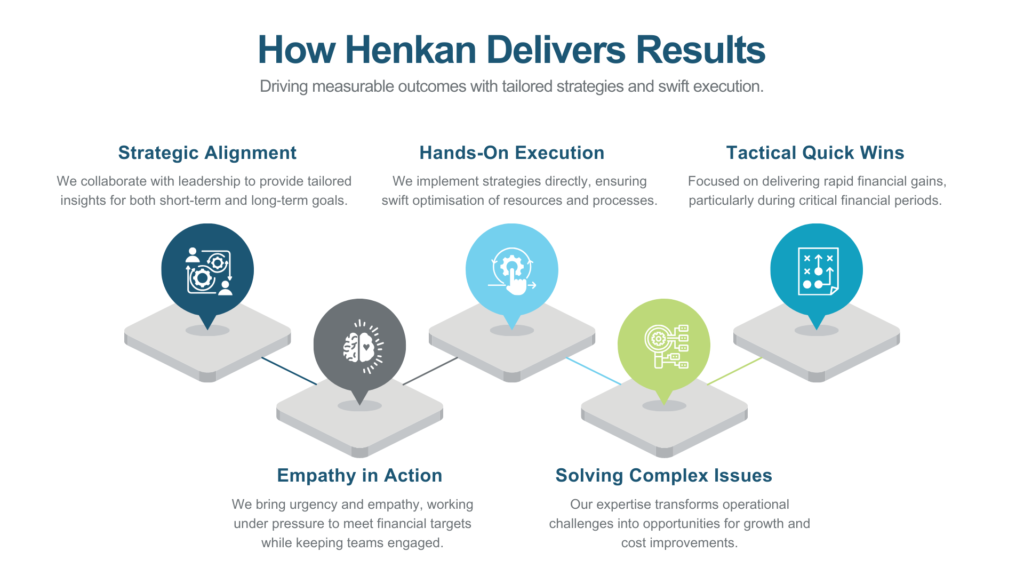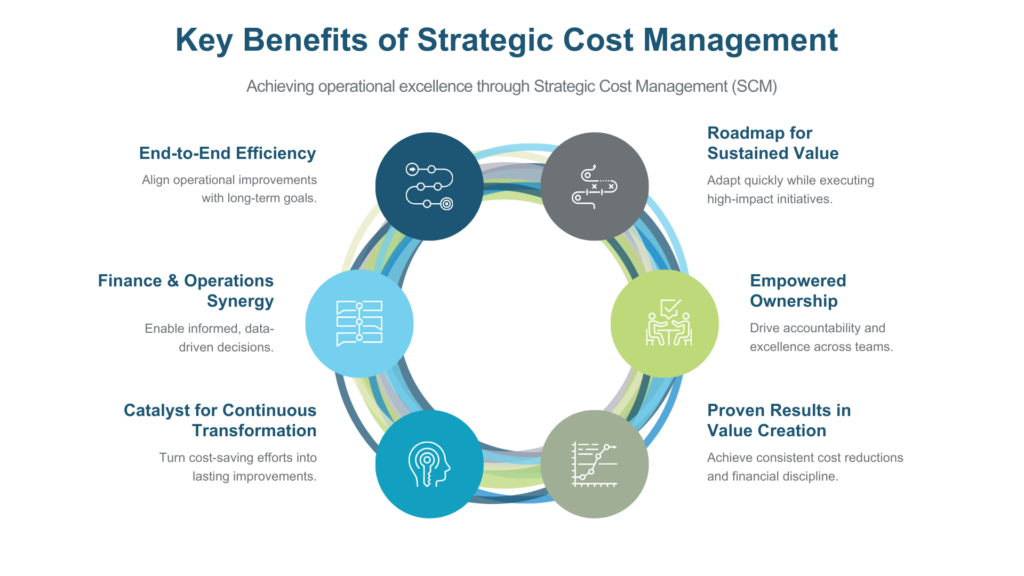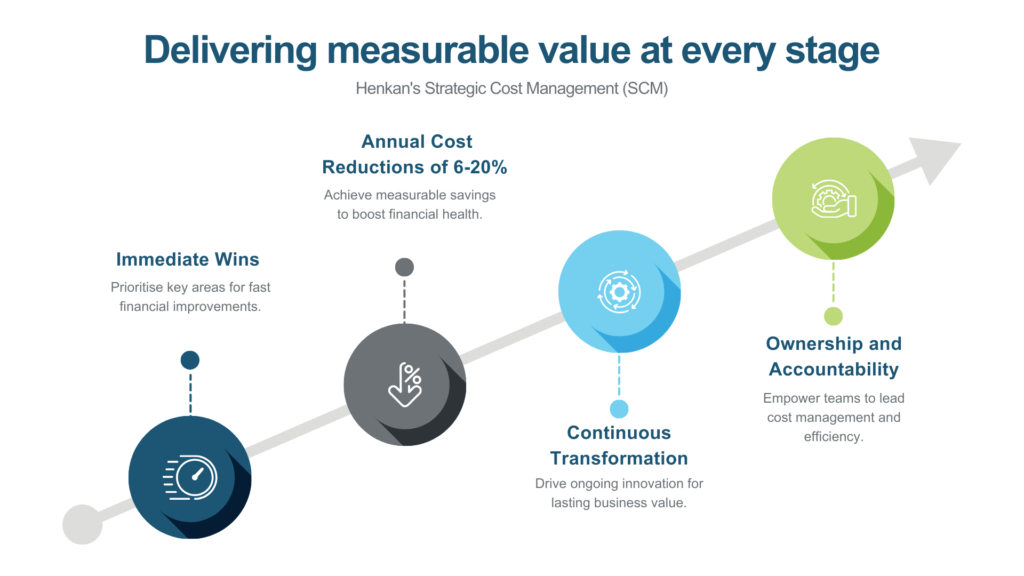In today’s volatile global economy, businesses face significant challenges, including inflation, supply chain disruptions, and geopolitical uncertainties. As external pressures intensify, traditional cost management strategies are often insufficient for navigating these complexities.
For executives, the message is clear: strategic cost management is no longer optional; it is critical for sustaining profitability and driving long-term growth.
The Challenge of Hidden Costs
Research indicates that up to 30% of operational costs can be hidden across the end-to-end value chain, significantly draining profitability and jeopardising financial resilience. Traditional cost management methods, while valuable, may not always succeed in identifying and addressing these concealed expenses.
This limitation underscores the need for a more innovative and comprehensive strategic approach. Recognising and addressing hidden costs is not merely an operational challenge but a strategic imperative for organisations seeking to enhance their competitiveness in a rapidly evolving market.
Strategic Cost Management: A Comprehensive Solution to Design and Control Budgets
Strategic Cost Management (SCM) is a forward-thinking approach that goes beyond traditional cost-cutting. It provides a structured framework for identifying hidden losses and inefficiencies, turning them into value-creating opportunities that align operational performance with financial goals.
This method encourages a culture of continuous improvement, helping organisations optimise resource allocation, unlock hidden costs, and achieve sustainable growth.
Key Benefits of Strategic Cost Management
- End-to-End Efficiency Insight: SCM offers a holistic view of operations, providing leaders with actionable insights that link operational improvements to long-term business objectives.
- Finance & Operations Synergy: By fostering collaboration between finance and operations, SCM ensures transparency in costs and processes, allowing data-driven decisions that optimise resource allocation.
- Catalyst for Continuous Transformation: SCM transforms one-off cost-saving efforts into ongoing operational evolution, ensuring every activity is tied to clear financial outcomes with measurable ROI.
- Strategic Roadmap for Sustained Value: SCM allows organisations to prioritise high-impact initiatives while remaining agile in adapting to a dynamic business environment.
- Empowered Ownership: Engaging stakeholders across the organisation, SCM encourages accountability for cost efficiency, embedding operational excellence at every level.
- Proven Value Creation: Organisations implementing SCM often see annual cost reductions of 6-20%, fostering financial discipline and driving long-term value.
How Henkan Delivers Results
At Henkan, we apply this strategic framework to work closely with leadership teams, acting as partners in delivering sustainable financial performance. Here’s how we ensure impactful results:
- Strategic Partnership with Leadership: We tailor our insights and recommendations to align with your strategic vision, focusing on both immediate profitability and sustainable long-term growth.
- Empathy and Energy in High-Pressure Scenarios: We understand the pressures around meeting financial targets, particularly during key periods like financial closing, and work with urgency to deliver results while maintaining team engagement.
- Hands-On Execution: Henkan goes beyond advice; we implement solutions on the ground, addressing inefficiencies in asset utilisation, energy consumption, and process workflows for immediate impact.
- Expertise in Complex Problem-Solving: Drawing from experience across industries, we solve complex operational challenges and turn them into opportunities for financial improvement.
- Tactical Quick Wins: While SCM fosters long-term transformation, Henkan also identifies quick wins, providing immediate financial gains during critical financial planning and budgeting periods.

View Full Image
Delivering Measurable Value at Every Stage
Henkan’s Strategic Cost Management yields both significant, sustainable cost reductions and immediate wins through targeted actions such as asset optimisation and streamlined processes. Organisations can expect:
- 6-20% Annual Cost Reductions: Substantial cost savings that enhance overall financial performance.
- Immediate Gains in Priority Areas: Quick wins in areas like energy efficiency and operational optimisation.
- Continuous Transformation: A culture of incremental improvements that drive ongoing business value.
- Ownership and Accountability: Empowered teams that take ownership of cost management, embedding operational excellence across the organisation.
View Full Image
Closing Thoughts: Achieving Sustainable Growth and Immediate Financial Wins
Strategic Cost Management is not just a tool for operational enhancement but a strategic lever for organisations facing both long-term transformation and short-term financial challenges. By partnering with Henkan, businesses can uncover hidden costs, realise quick wins, and create a foundation for lasting financial success and operational excellence.
Are you ready to transform your operational challenges into opportunities? Let Henkan guide you on the journey to sustainable growth and performance.







